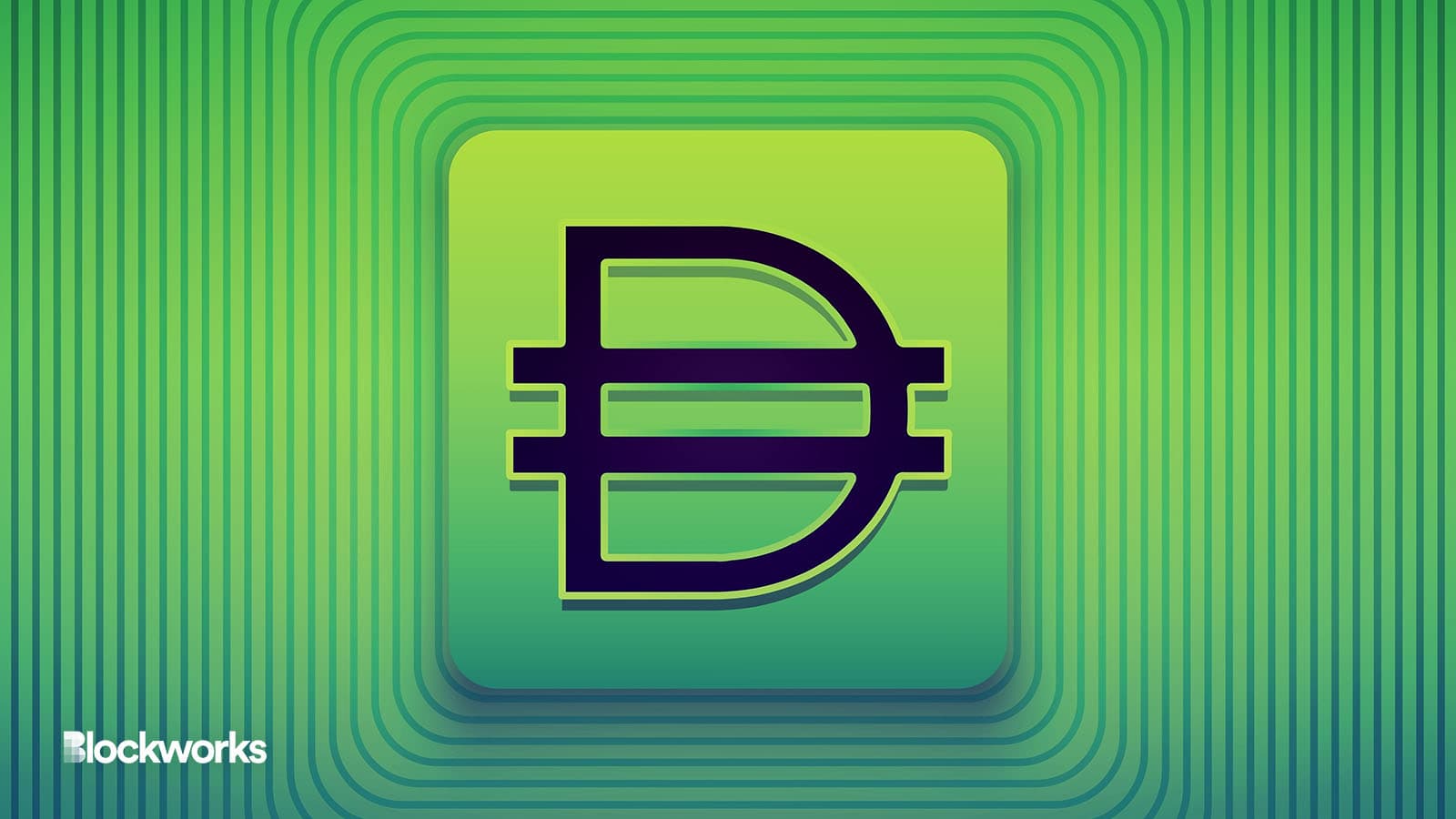Spark Protocol is re-thinking stablecoin stability mechanisms
The protocol will eventually become a “sub-DAO” in MakerDAO’s Endgame update

Satheesh Sankaran/Shutterstock.com modified by Blockworks
The most fundamental characteristic of a successful stablecoin is a system ensuring fiat-pegged pricing so the token is, in fact, stable.
Judging from past failures, it’s a task easier said than done.
As previously reported by Blockworks, MakerDAO is switching its stability mechanism to the Spark Protocol, “which will give users access to a wholesale DAI credit line directly injected from Maker.” The protocol will eventually become a “sub-DAO” in Maker’s Endgame update.
Sam MacPherson, the co-founder and CEO of Phoenix Labs, spoke to Blockworks on the 0xResearch podcast (Spotify / Apple) about an upcoming change to Maker — known for its decentralized stablecoin DAI — set to improve DeFi liquidity and stablecoin resilience.
Phoenix Labs is a development team that’s contributing to building the Spark protocol, a lending mechanism providing liquidity for participants in the Maker ecosystem.
As part of the Endgame makeover, Maker will switch to depositing on AMMs (automated market makers), directly injecting liquidity into DEXs, MacPherson says.
Lessons learned from USDC depeg
The depeg of Circle’s USDC stablecoin, which followed a run of crypto-friendly bank failures, was a “nice test case,” MacPherson says, to find systemic faults and fix them. One major flaw, he says, was the lack of a “kill switch” to stop the bleeding.
Since the depeg, MacPherson says Maker has added a kill switch. “If that happens again the PSM (peg stability mechanism) will just be shut off in that scenario,” he says, “Maker doesn’t want to be this lender of last resort for a true depeg.”
“I was never worried about the USDC depeg being permanent,” he says, “but it’s always prudent to have protection against any individual collateral failing.”
Go where users are
Depositing directly to DEXs is a better strategy than previous methods, MacPherson says, resulting in better rates. It’s designed so that Maker acts as the taker in the market-making process, instead of resorting to intermediate arbitrage.
In terms of where MacPherson sees liquidity deposits going, he insists it must not be “just one DEX.” It’s a simple strategy to follow, MacPherson says: “Go where the users are.”
“The users decide what they want to use and Maker should just adapt and supply liquidity to wherever the users are.”
0xResearch host and Blockworks Research analyst Sam Martin notes that Spark holds a competitive advantage in its ability to launch on a variety of layer-2 protocols.
“This is exactly what we’re working on now at Spark,” MacPherson says. Branching out to other chains is very important, he says, keeping with the strategy of being available wherever market activity takes place.
“Users are increasingly using L2s and other chains. So we want a Spark instance to be present.”
The direct deposit module will pre-mint DAI, moving it across a native bridge to the associated layer-2, ending with a deposit in the Spark instance, he explains.
“No matter what chain you’re using, you don’t have to worry about the rate differences and liquidity providers having to arbitrage and all this kind of stuff,” he says. “It’s very simple. Use the chain you want, and borrow at the same rate.”
Four sub-DAOs will specifically perform the role of allocation of the balance sheet, MacPherson explains. “They will have access to mint DAI, and then they can use that DAI and just stick it into whatever investment opportunity gives the best return.”
“There’s a lot of nuance” in keeping the peg liquid, he says, “but generally speaking, the best return wins, and the allocator DAOs will compete to allocate the balance sheet because they get a cut of the profit.”
Get the news in your inbox. Explore Blockworks newsletters:
- The Breakdown: Decoding crypto and the markets. Daily.
- 0xResearch: Alpha in your inbox. Think like an analyst.






